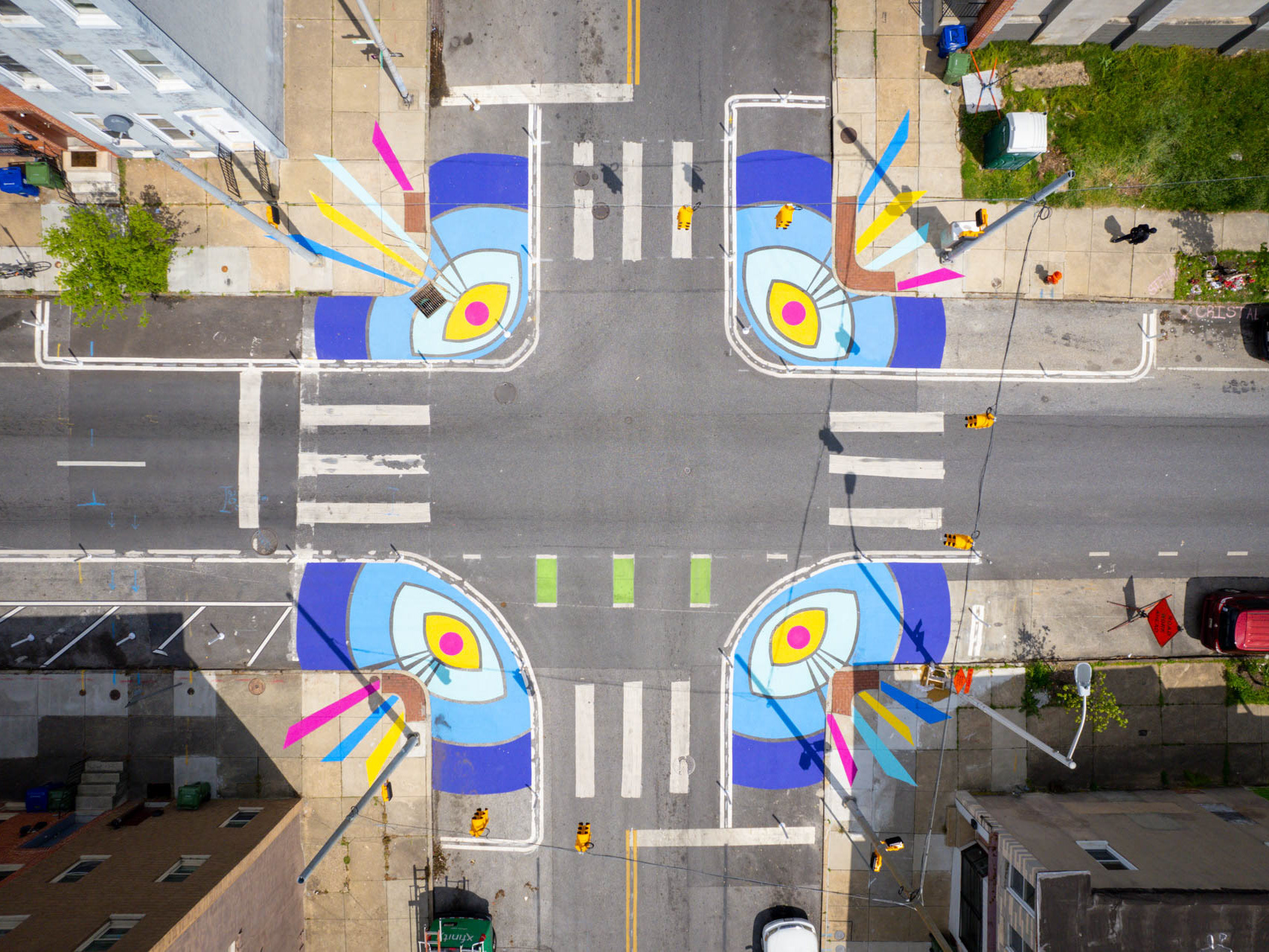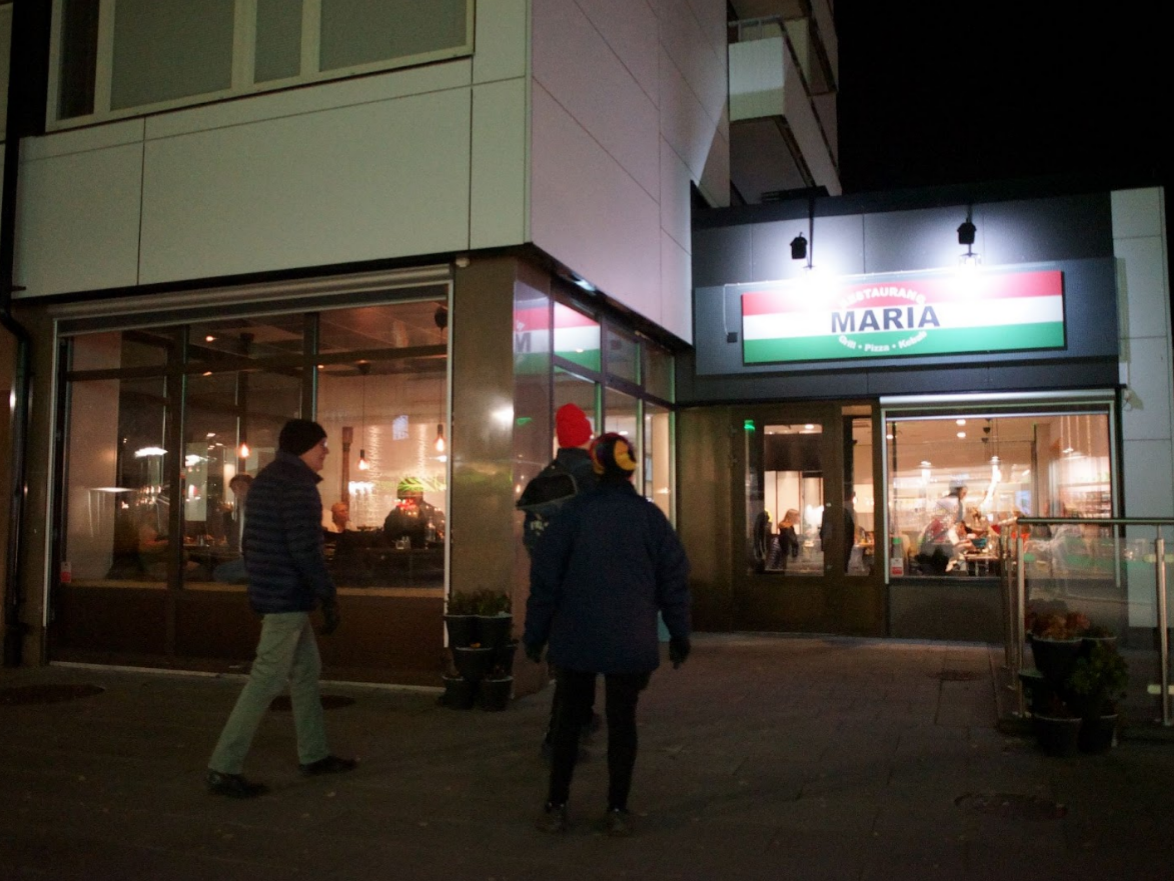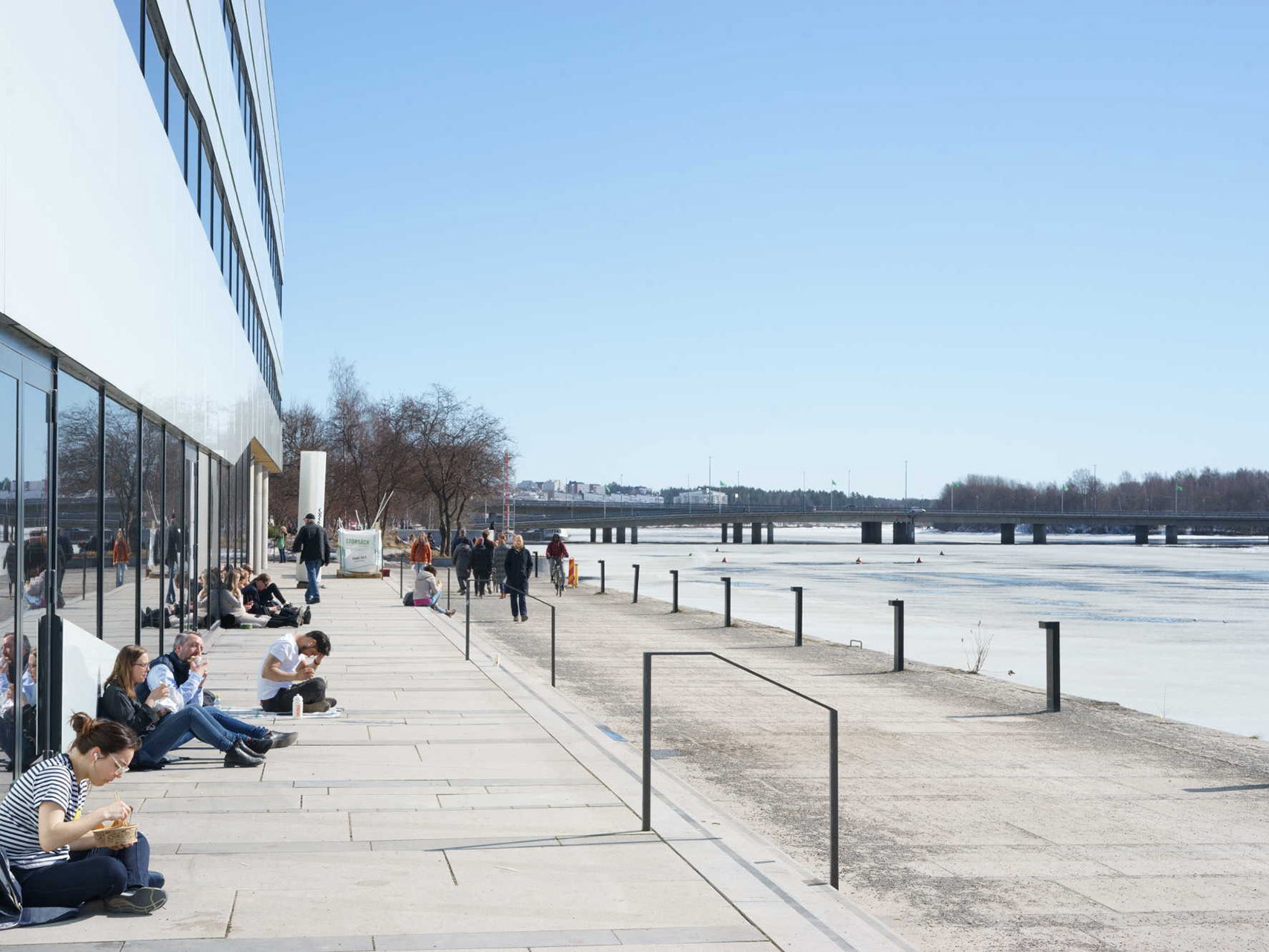Based off Roe & McCay's Restorative Urbanism, in this project I explore how small scale spaces can work to better mental health in Canada's urban centres.
The Origins of Restorative Urbanism
Covid-19 was a catalyst for massive interventions into previously static urban environments.
Combs & Pardo (2021) noted over 1,000 interventions designed to promote active transportation and create more human friendly spaces, such as pedestrianized streets, pop-up bike lanes, and extended sidewalks. It spurred Paris to install several dozen kilometers of (now permanent) pop-up bike lanes. Due to new infrastructure, cycling on Milan’s main shopping street increased seven times.
While so many of these interventions were meant to reduce the spread of Covid-19, they also had significant positive impacts on mental health. Yet simultaneously, masked strangers hurriedly avoided each other, killing off that most enjoyable aspect of public life: conviviality. This in part inspired Jenny Roe and Layla McCay to author Restorative Cities: Urban Design for Mental Health and Wellbeing.
They introduced the concept of Restorative Urbanism, which puts mental health and human flourishing as the primary objective of urban planning.
Restorative Urbanism & Mental Health
The use of the term “restorative” is worth paying particular attention to here. "Restoration" is characterized by stress reduction and recovery from mental fatigue. Restorative environments help us reflect on our own lives, clear our heads, regulate our emotions, and better deal with anxiety and depression. Time spent in restorative environments can improve our interpersonal relationships, perhaps because we become far more attentive to each other, in a process known as “dryad restoration”. Spending time in restorative environments can even build social capital, and reduce symptoms of ADHD and schizophrenia.
Kaplan & Kaplan’s (1989) Attention Restoration Theory (ATA) presents the concept of involuntary attention as a means for explaining how natural settings have such positive impacts on the human psyche. A stimuli provides involuntary attention when one can focus on it without effort. This comes most effortlessly in natural settings, where the varied textures of leaves, the smooth flowing of water, and the rough shapes of trees hold a “soft fascination” in the brain, providing involuntary attention. Involuntary attention is important, because it gives room for reflection. Furthermore, ART states part of the natural environment’s restorative influence comes from creating a feeling of being in a separate world from the stresses and demands of everyday life, a feeling of “being away”. This can all be sharply contrasted with direct attention, which most often occurs in busy urban environments. These environments contain an overflow of stimuli, which forces us to choose what to focus on and what to ignore (this is a mentally fatiguing process). The honking horns, fast cars, flashing lights, large crowds, dangerous intersections, and multitude of smells (some good, some much worse) can become overwhelming, and leave no room for reflection.
Nature At Every Scale
The restorative impact of nature is significant, but planners cannot and should not expect a city’s residents to make a trek out into the wilderness each weekend. Instead, nature must be present at every scale, and be incorporated into daily life. Indeed, large parks can act as boundaries and dividers, and if nature is only available outside of the city it can become impossible to reach without a car and significant spare time, furthering inequity. Thus, we are essentially looking for opportunities for restorative spaces through infill.
A space does not need to be fully natural to be restorative, and nature’s restorative influence can be found in quite a variety of contexts. Ulrich (1984) studied patients in a hospital, some of whom had a view of trees, while the others had a view of a wall. Amazingly, the patients with the natural view recovered faster, requiring less medication and support from nurses. Kuo & Sullivan (2001) found the presence of (unkempt) green areas around identical public housing blocks had significant positive impacts on sociability and (reduced) aggression. Simply painting walls brown and allowing vines to grow haphazardly on the bricks can make observers happier (Montgomery, 2014). Wilson referred to an innate affinity and connection between human happiness and the natural world as “biophilia” (Krčmářová, 2009), and we can refer to the inclusion of natural elements in the built environment as “biophilic design” (Montgomery, 2014). Kuo & Sullivan go so far as to call nature deprivation “unhealthy and dangerous”. They find that those who live next to green spaces know more of their neighbours, have more social gatherings, and are more trusting. This is all to stress the significance of small scale restorative environments, which all residents have frequent, easy access to. These spaces do not have to be fully natural, but they should include natural elements in their design.
Designing Restorative Spaces: Challenges and Considerations
So far, we have explored how natural elements can have significant positive psycho-social impacts, but only briefly touched upon design considerations and the aspects of the urban environment which are detrimental to psycho-social health.
Noise Pollution
Noise pollution can cause significant stress, but because the human brain is very adaptable, it is hardly noticed. High noise pollution increases cortisol levels, blood pressure, heart rate, indigestion, and insomnia. One of the most significant sources of noise pollution in Canadian cities is auto-traffic. At speeds higher than 55km/h, the primary source of noise from a car comes from its tires on asphalt (called rolling noise), rather than from its engine. Thus, the best method to reduce noise pollution is to remove cars entirely from an area, and the next best method is to reduce speed limits to 30km/h, which cuts noise pollution in half from 50km/h. In Canadia, the default speed limit in urban areas is 50km/h.
Finding (or creating) areas which are quiet is critical for creating restorative spaces. When in a restorative space, noise pollution must be at a minimum, and thus areas with low traffic, or which have shielding from noise pollution (for example from buildings or trees) are optimal.
Diversity & Inclusion, Sitting & Chatting
Those coming to restorative spaces are incredibly diverse in demographics, intent, and abilities, and this must be taken into account. According to ART, restorative environments must have a high degree of compatibility, where the individual’s wants for an environment matches what the environment allows. Some may come to the space alone, and these people should be given the option to be alone comfortably, or engage in conversation with strangers if they so wish. Straats (2012) found including a communal “reading table” in cafes can make a space more restorative for those coming alone. Additionally, strangers need a reason to start speaking with each other, thus a restorative space should include a focal point in it’s design which gives consequential strangers something in common. The “L” shape in seating promotes conviviality, and seating should protect the sitter’s back. Compatibility can also be improved by creating modular seating.
It is critical that these spaces are accessible for those with disabilities, accounting for wheeled or assisted movement. For the elderly, the environment should be pleasant and clean, with protection from weather, and age-friendly pavement which is non-slip and wide enough for wheels. Designers should include tactile paving to assist the blind in pathfinding. High quality, warm, friendly lighting is vital to creating a welcoming and safe space. Furthermore, there should be a clear separation of space to facilitate the feeling of “being away” which is critical to restorative environments.
Getting To Restorative Spaces
Although restorative spaces function explicitly as an “escape” from the city, the way people get to these spaces is worthy of discussion. Canadian cities are extremely auto-dependant: 67% of metropolitan residents live in car-dependant suburbs. This is problematic for many reasons, which I'll only touched upon briefly here. For one, episodic moments in restorative spaces become significantly less likely when you are driving everywhere, since people are much less inclined to have an unplanned stop if they are speeding by in their car, as compared to walking by. Second, driving can be a source of stress in and of itself, as is walking or biking in an area with fast moving traffic. To begin and end one’s trip to a restorative space with such stressful activity is quite counter productive. Failing to address Canada’s auto-dependency means failing to address the systemic issues present in Canadian cities, and turns restorative spaces into little more than an ineffective bandaid. Lastly, there is little physical room for restorative spaces in Canadian cities unless planners start re-appropriating car-centric spaces such as parking lots for human centric uses.
Where We Can Build Restorative Spaces
Restorative spaces must be context sensitive, designed on a case by case basis. However, there are some commonalities amongst Canadian cities which planners can look for.
Downtown alleyways provide an excellent opportunity because they are already low traffic, and surrounded by buildings which provide shelter from noise pollution. Careful design of gateways can create a clear separation of space. (St. Catharines, Ontario)
Many Canadian neighbourhoods feature large and small surface parking lots for a mere handful of cars. These parking lots can be converted into restorative spaces, while larger ones should be subject to infill of housing and shops. (Hamilton, Ontario)
Neighbourhoods originating from before WW2 (especially former streetcar suburbs) have often kept their dense and walkable urban form, with only minor auto-centric interventions. Frequently, these are in the form of gas stations or convenience stores, and can become excellent restorative spaces. (Toronto, Ontario)
Rails to trails initiatives across Canada have been an excellent method of introducing green spaces. However, many would benefit greatly from upgraded design. Improved landscaping, seating, lighting, and paving could turn these into true restorative spaces. (St. Catharines, Ontario)


